MPA helps clients grow across the US$160 billion Asia Pacific screen economy. We combine trusted data and research with strategic insight, connect leaders at APOS, and deliver solutions in market strategy, M&A, IPOs, fundraising, and valuations. Through MPA Edge, AMPD Vision, APOS, and our Solutions business, we provide clarity and opportunity across Asia Pacific’s most dynamic markets with deep local knowledge.
Connections. Intelligence. Insights.
Solutions for the Asia Pacific Digital Economy
MPA helps clients grow across the US$160 billion Asia Pacific screen economy. We combine trusted data and research with strategic insight, connect leaders at APOS, and deliver solutions in market strategy, M&A, IPOs, fundraising, and valuations. Through MPA Edge, AMPD Vision, APOS, and our Solutions business, we provide clarity and opportunity across Asia Pacific’s most dynamic markets with deep local knowledge.
Connections. Intelligence. Insights.
Solutions for the Asia Pacific Digital Economy
Solutions for the Asia Pacific Digital Economy
MPA helps clients grow across the US$160 billion Asia Pacific screen economy. We combine trusted data and research with strategic insight, connect leaders at APOS, and deliver solutions in market strategy, M&A, IPOs, fundraising, and valuations. Through MPA Edge, AMPD Vision, APOS, and our Solutions business, we provide clarity and opportunity across Asia Pacific’s most dynamic markets with deep local knowledge.
Connections. Intelligence. Insights.

MPA helps clients grow across the US$160 billion Asia Pacific screen economy. We combine trusted data and research with strategic insight, connect leaders at APOS, and deliver solutions in market strategy, M&A, IPOs, fundraising, and valuations. Through MPA Edge, AMPD Vision, APOS, and our Solutions business, we provide clarity and opportunity across Asia Pacific’s most dynamic markets with deep local knowledge.
Connections. Intelligence. Insights.
Solutions for the Asia Pacific Digital Economy
Data & Insights


Asia’s Leading Entertainment & Tech Summit
APOS is the definitive summit for leaders, investors, and innovators shaping the digital economy. Curated by MPA, APOS brings together global executives to debate growth strategies, technology trends, and the future of content, distribution, and connectivity.
Connect & Learn
Advisory & Strategy
From market-entry strategy and deal evaluation to valuation benchmarks and partnership design, MPA works with leading investors, media platforms, telcos, and technology companies. Our solutions align data-driven research with business outcomes.
Strategic Advisory & Bespoke Insights
SOLUTIONS
Some of our Clients
Our Clients
Trusted by Global Leaders
MPA partners with the world’s leading investors, broadcasters, telcos, streamers,
and technology leaders to inform decisions, strategies, and partnerships.


































































































